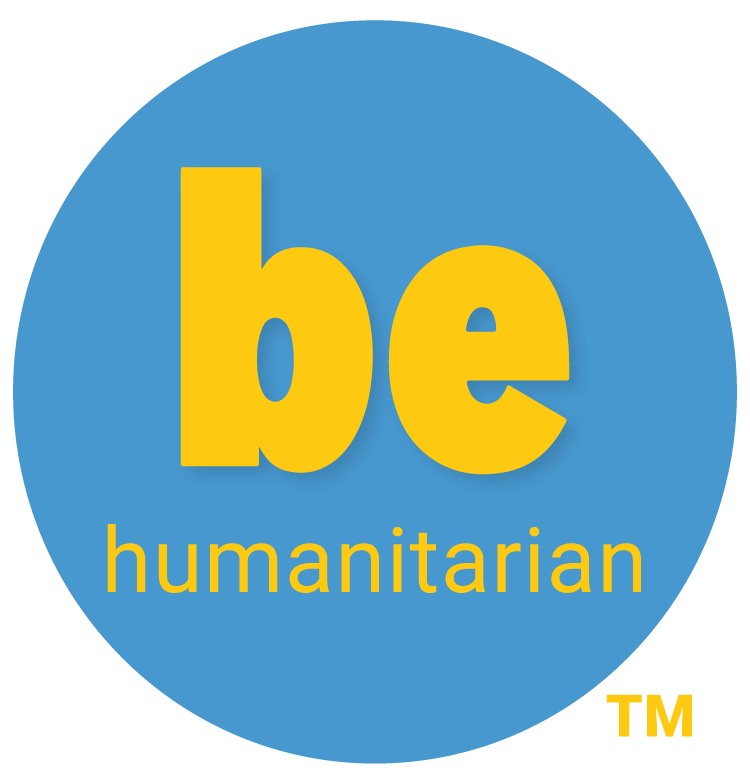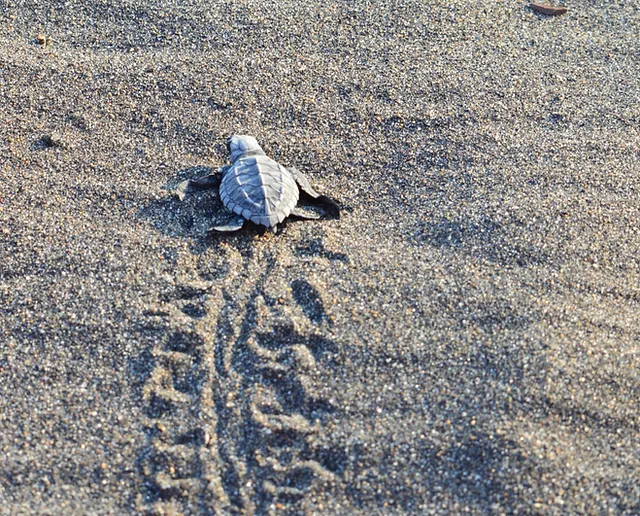What is a Sea Turtle Release?
A turtle release is a heartwarming and important conservation effort aimed at giving sea turtles a fighting chance at survival. In Guatemala, this act of compassion and conservation plays a crucial role in safeguarding the populations of these magnificent marine creatures. But what exactly is a turtle release?
A sea turtle release involves setting free baby sea turtles into their natural habitat, the ocean, shortly after they hatch. This act symbolizes the beginning of their journey towards adulthood and, hopefully, a thriving population. However, timing is key when it comes to these releases.
“As you stand there with this little creature that will live dozens of lives longer than you, you realize how important every creature in the world is. The amazing thing about this experience is that many of them don’t have their eyes open but they know which direction the beach is. After 20 years of living in the ocean, these turtles will return to this exact same beach where they will lay their eggs and continue this cycle. It’s magic. It’s the only word I can use to describe it”, said Tobie, Founder and Director of Be Humanitarian.
When Should Baby Sea Turtles be Released?
Timing is critical when it comes to releasing baby sea turtles. Generally, these releases are carefully planned to coincide with the turtles’ natural instinct to make their way to the sea. This typically happens at night to minimize the risk of predators. The darkness provides a shield for the tiny hatchlings, and the moonlight over the water guides them toward their marine home.
“The sun rises early in Guatemala and on the black sand beaches, the sand gets hot quickly. We release the baby sea turtles early in the morning so the sand doesn’t get too hot for the babies to walk on. It’s incredible to know that these baby sea turtles can live to be 300-350 years old”, Tobie added.
In Guatemala, the main sea turtle nesting season usually spans from October to January, with peak nesting occurring in October and November. Therefore, the best time for turtle releases falls within this timeframe, ensuring that the hatchlings have the best chance of survival.
How Do You Release a Sea Turtle?
Releasing a sea turtle may seem like a simple task, but it requires careful consideration and adherence to certain guidelines to ensure the turtles’ well-being. When participating in a sea turtle release in Guatemala, you can expect to follow these general steps:
- Gentle Handling: Don’t touch the sea turtle. Each baby sea turtle is given to you inside a coconut shell to avoid any unnecessary stress or harm.
- Release with care: As mentioned earlier, releases are typically done in early morning with people standing around to minimize the risk of natural predators.
- Observe from a Distance: Give the baby sea turtles some space and watch from afar as they make their way to the water. Avoid any interference with their natural behavior.
- Document the Experience: Taking photographs or videos can help raise awareness about turtle conservation efforts and create lasting memories.
Are Turtles Protected in Guatemala?
The answer isn’t clear. While talking to local workers they expressed that sea turtles are not widely protected in Guatemala. Many locals will steal freshly hatched eggs to sell in the market. Local hotels and conservation organizations buy these eggs instead and work tirelessly to ensure their survival.
Where Can I See Turtles in Guatemala?
If you’re interested in witnessing the incredible journey of sea turtles in Guatemala, there are several places along the country’s coast where you can experience turtle releases and learn more about these conservation efforts. Please reach out if you have specific questions or want to join us in Guatemala for a sea turtle release experience.
Turtle releases in Guatemala offer a unique opportunity to connect with nature and contribute to the preservation of these incredible marine creatures. It’s a heartwarming experience that leaves a lasting impact on both visitors and the turtles themselves.
Tobie shared, “It was so humbling to watch these little babies. We silently said a little prayer for each of them. We prayed that they would be safe, that they would live long lives and we prayed that we were the last humans that would ever come in contact with them.”
Stay tuned for more insights and tips on how you can get involved in turtle conservation efforts in Guatemala and make a positive difference for these ancient sea creatures.

